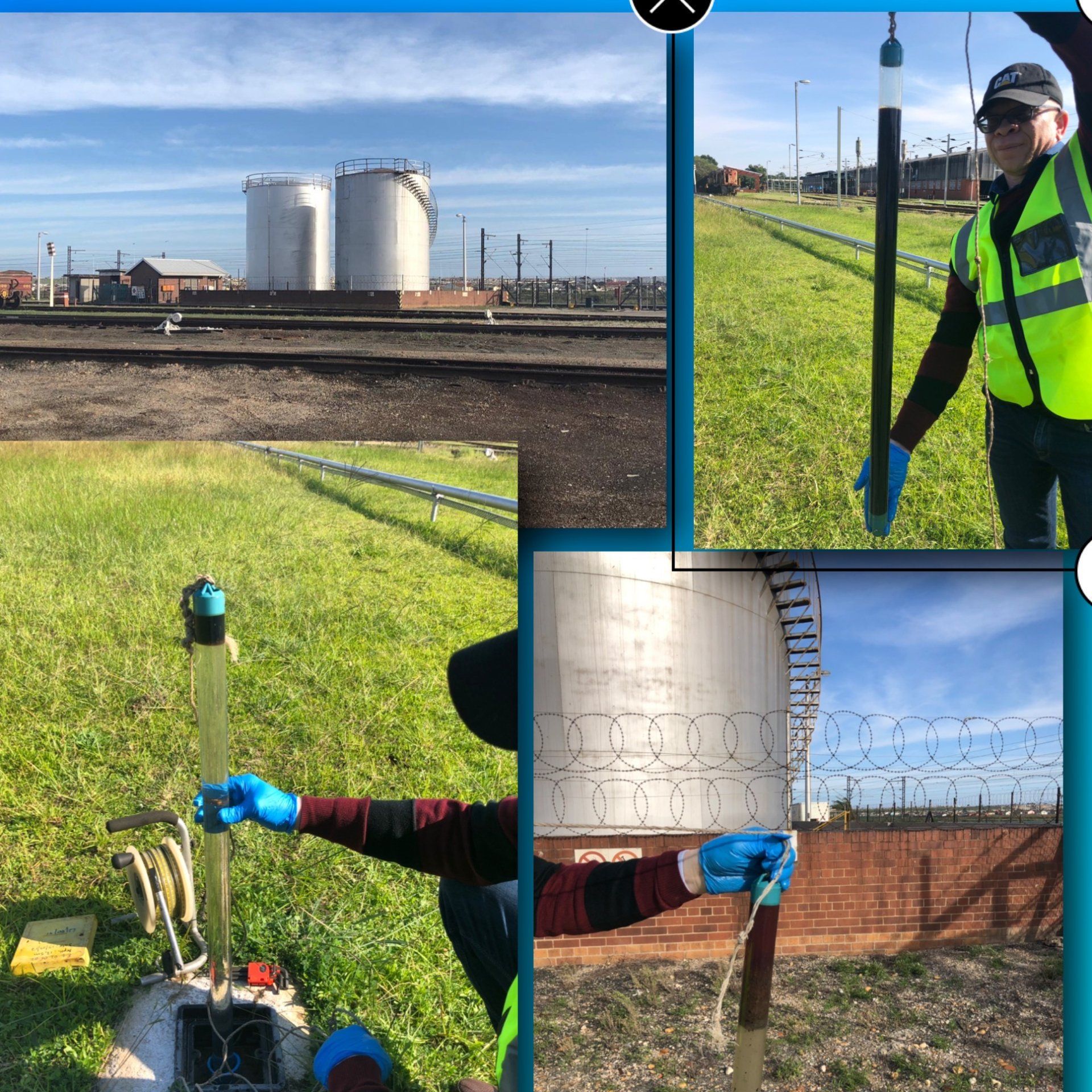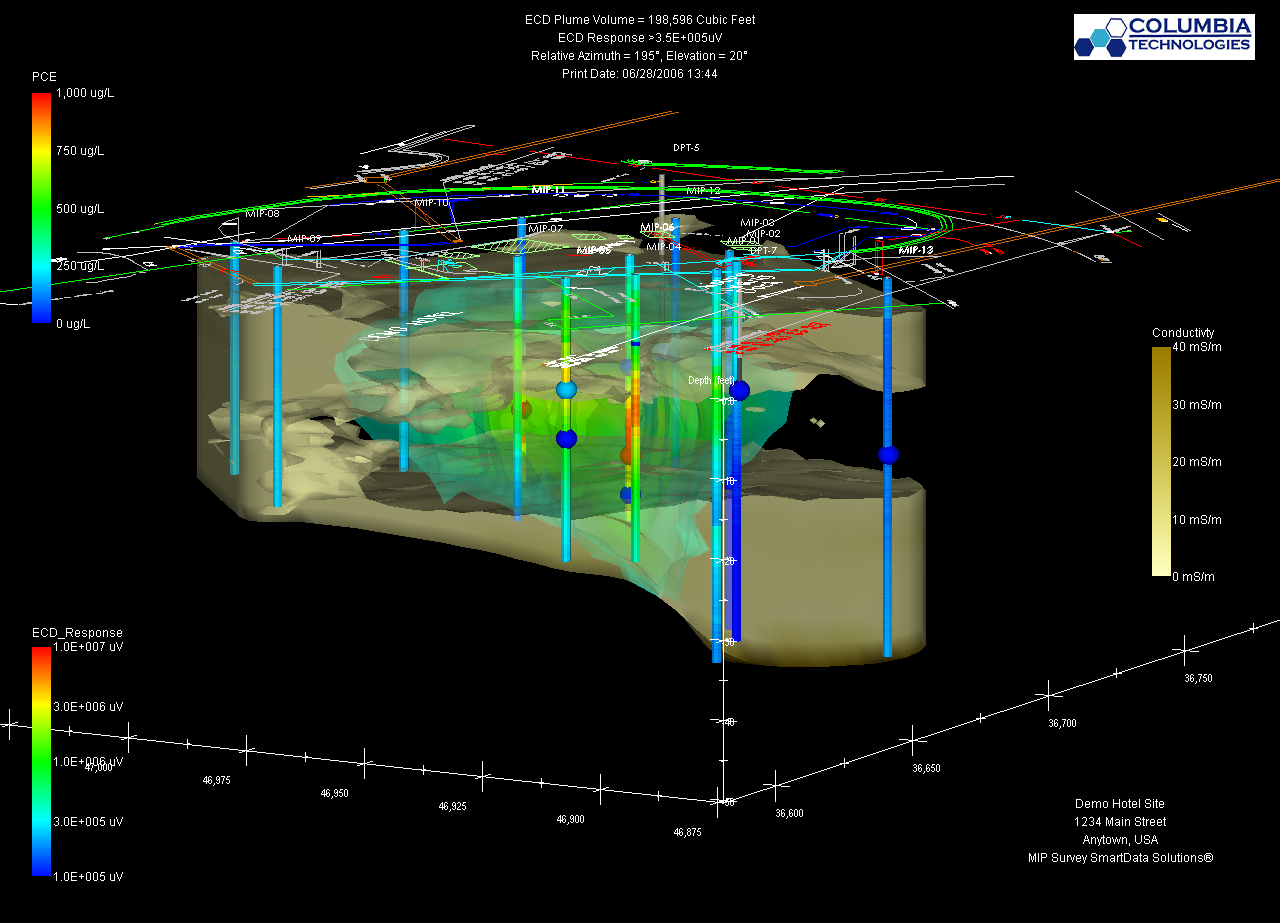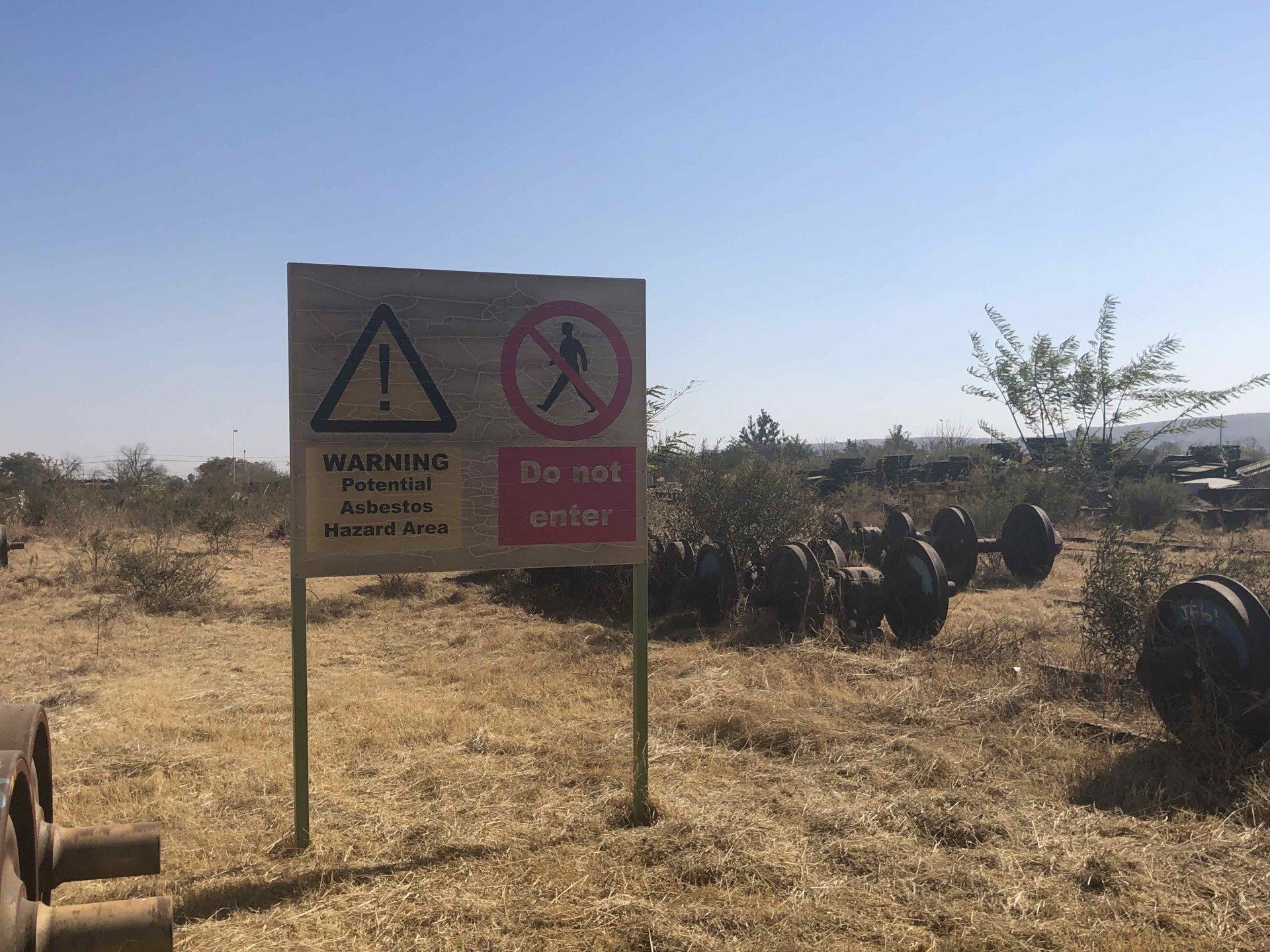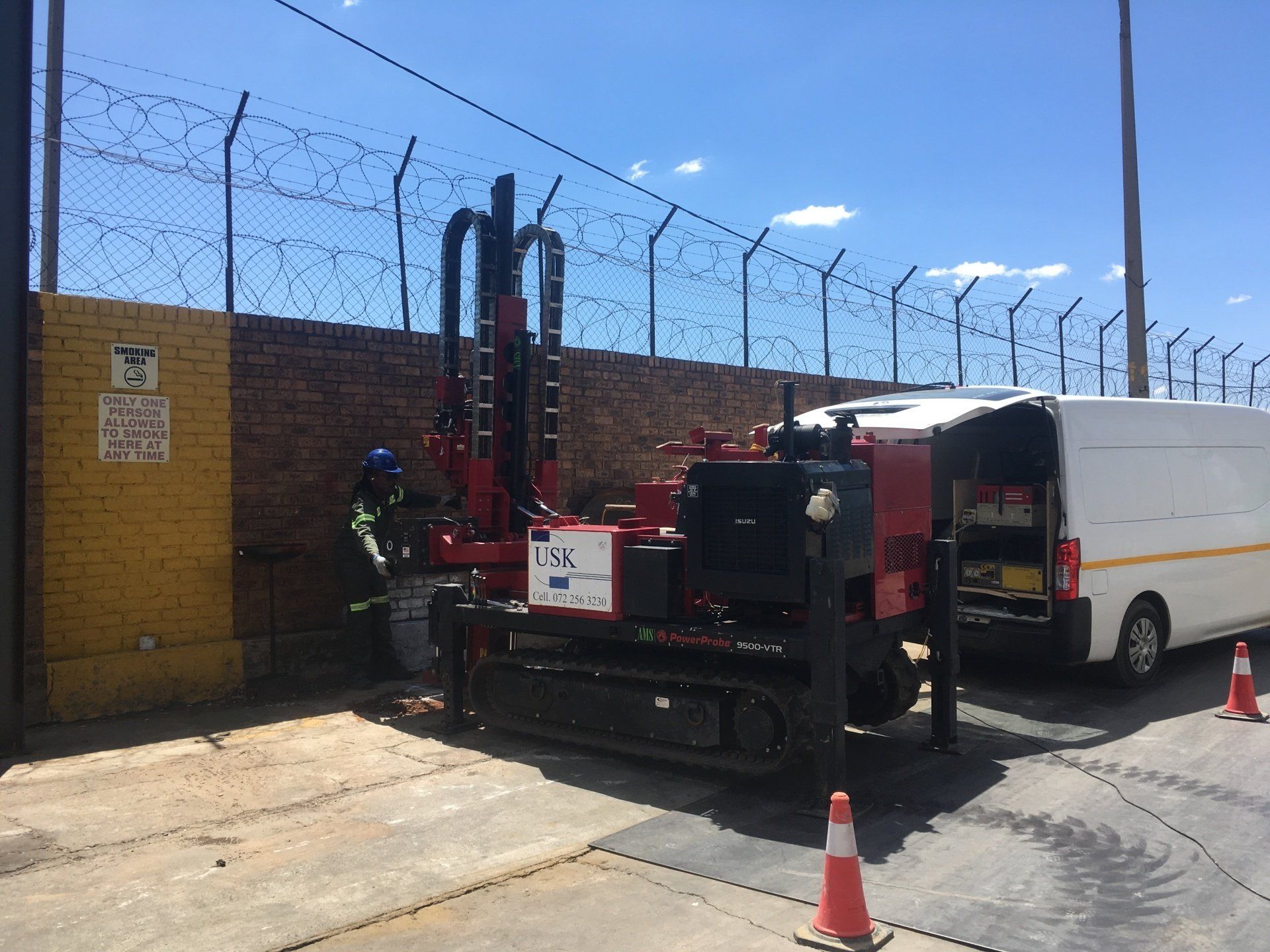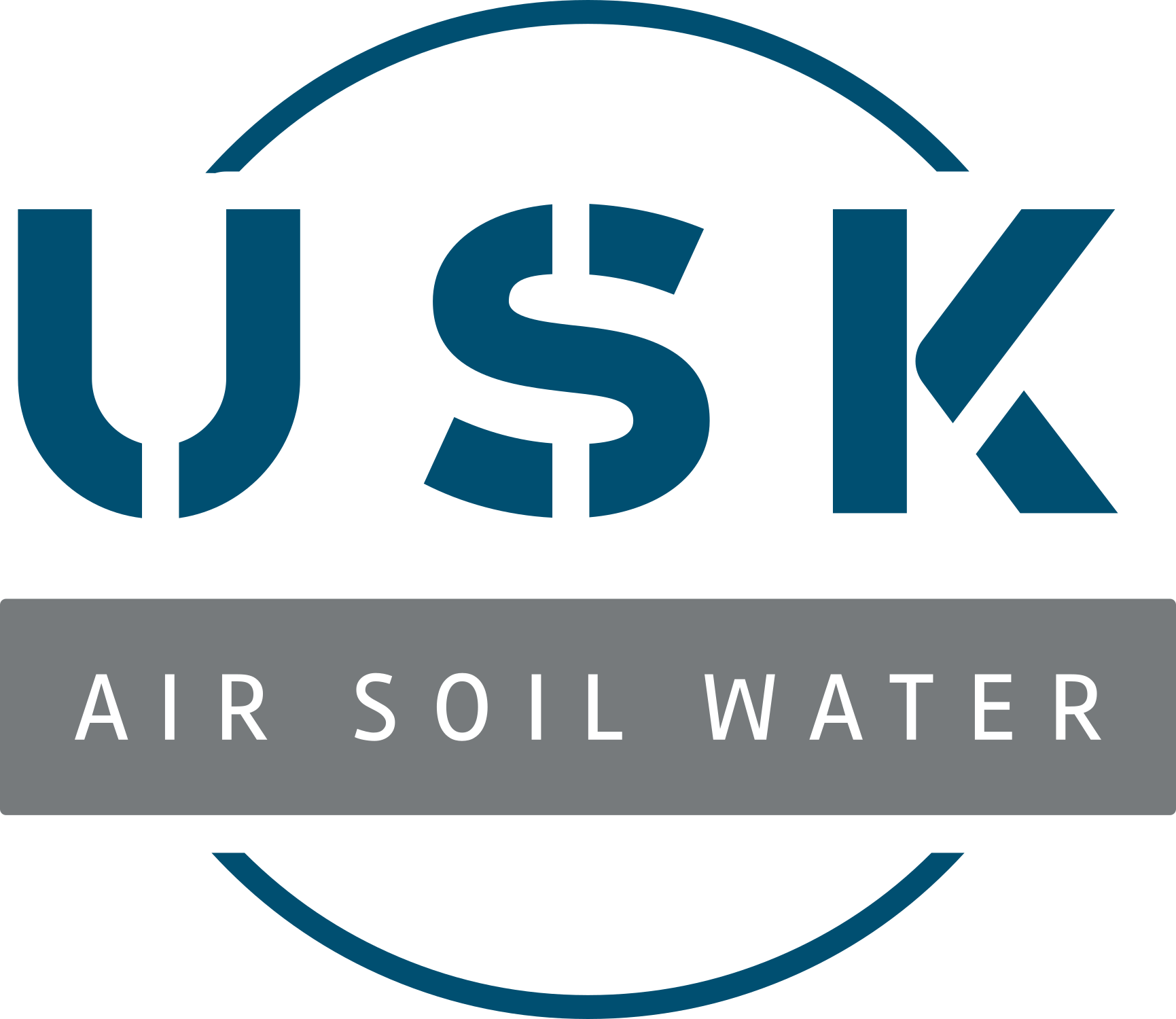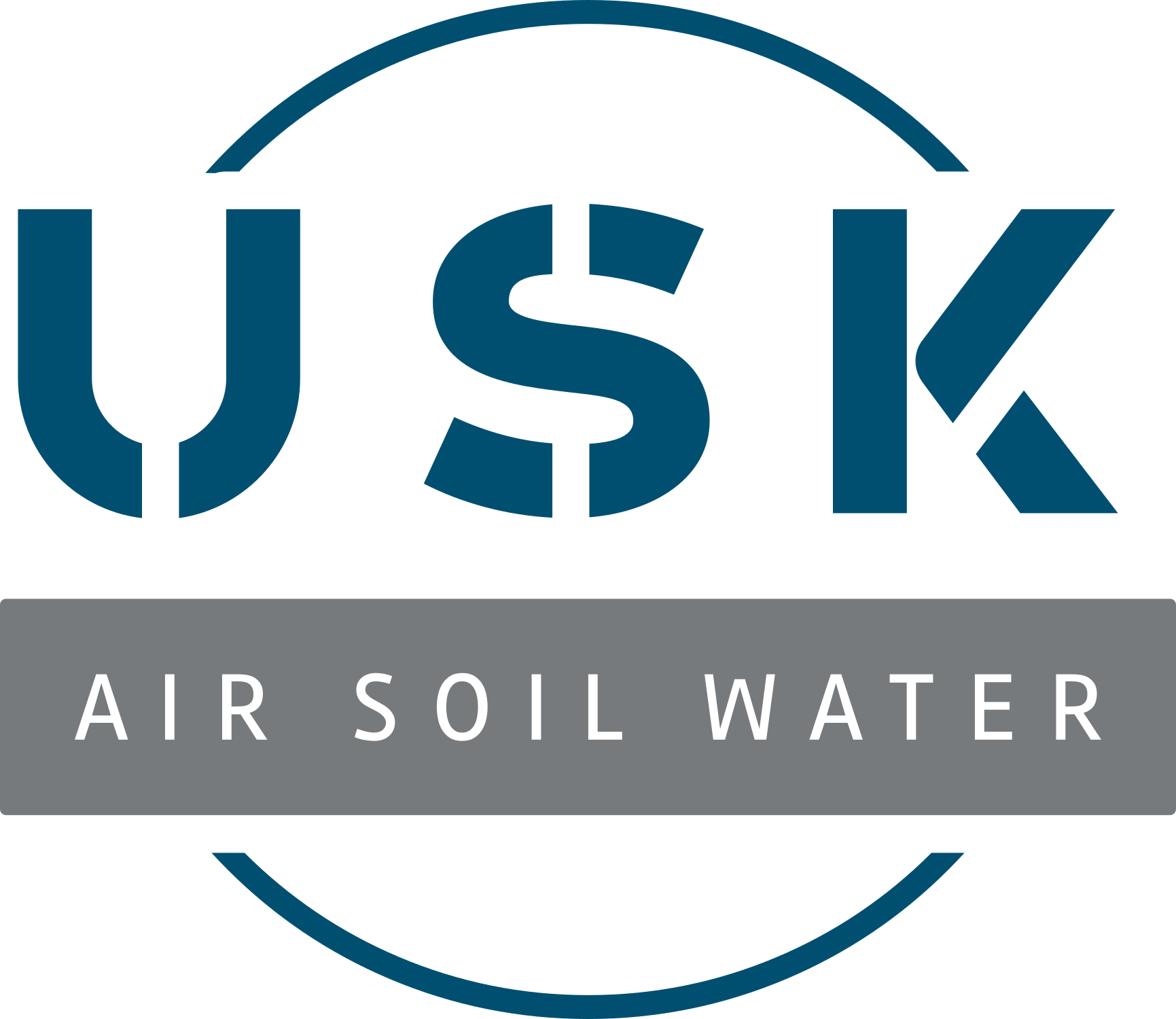Unveiling Key Insights in Risk Assessment of TPH at Legacy Petroleum Contaminated Sites.
Why TPH?
Petroleum-contaminated sites pose significant risks to the environment and human health due to the presence of a wide range of constituent chemicals of concern.
Petroleum-contaminated sites comprise a significant portion of the global tally of polluted sites, accounting for approximately one-third of all sites contaminated with hazardous substances. Of the hundreds of thousands of identified contaminated sites worldwide, only a small proportion have been effectively remediated. This is primarily due to various challenges, including the nature of the contaminants involved, the complexity of the affected environments, the high costs associated with remediation efforts, technical impracticalities, and inadequate legislation and enforcement measures.
The successful remediation of contaminated sites relies heavily on thorough site characterization and comprehensive risk assessment.
This blog strictly focuses on a specific aspect of risk assessment, specifically the critical evaluation of Total Petroleum Hydrocarbons (TPH) at legacy sites. The term “total petroleum hydrocarbons” (TPHs) refers to a mixture of hundreds of hydrocarbons derived from crude oil and petroleum products, including gasoline, diesel, and lubricating oils. TPHs represent the sum of volatile petroleum hydrocarbons and extractable petroleum hydrocarbons. The petrol-range organics include hydrocarbons from C6 to C10, while diesel-range organics are C10-C28 hydrocarbons.
Typically, risk assessments at petroleum release sites focus on a select few compounds - often those with well-characterized and documented toxic effects. These might include compounds such as benzene, toluene, ethylbenzene, and xylene, commonly referred to as BTEX compounds, and certain polycyclic aromatic hydrocarbons (PAHs). These compounds are frequently occurring and have known toxic effects, making them common targets for screening levels.
However, as an environmental toxicologist, I argue that this approach may not be sufficient. Crude oil and its derivative products, like gasoline and diesel fuel, are complex mixtures of many different compounds. Some of these may have synergistic, antagonistic, or additive effects when they interact, meaning their combined effect may be greater, less, or additive than their individual effects. This complexity necessitates a more comprehensive evaluation for risk assessment.
Furthermore, in certain scenarios, particularly at old sites (Legacy sites), the "typical" toxic compounds may no longer be present, having been degraded or removed through natural or human-mediated processes. However, this does not necessarily mean that the environment is now free from risk. Other compounds, perhaps in lower concentrations or less well-studied, may still pose significant environmental or health risks.
In summary, the intention of this blog is to underscore the need for a more comprehensive, nuanced approach to risk assessment at petroleum release sites that takes into account the complex nature of petroleum mixtures and the potential for risks beyond the "typical" screening compounds. This approach is critical for accurately assessing and mitigating environmental and health risks.
TPH Risk Assessment
Below is a summary of critical issues to consider in TPH risk assessment and evaluation:
1. Identification and Quantification: Identifying and quantifying the presence of TPH in the environment is a complex task due to its many forms. This requires reliable and accurate laboratory analytical protocols. These protocols ensure proper sample collection, preservation, extraction, and analysis of TPH compounds present in soil, water, or air samples. Standardized methods and techniques are crucial to obtain consistent and comparable results across different laboratories. Additionally, quality control measures such as instrument calibration, duplicate samples, and proficiency testing are essential to ensure the reliability and validity of TPH data generated during the analysis process. Tip - Dear Risk Assessor, find and build a relationship with a good laboratory (NOT ALL LABS ARE EQUAL).
2. Exposure Pathways: Determining the exposure pathways is vital for risk assessment. TPH can affect groundwater, surface water, soil, and air, posing potential threats to human health and environmental safety.
3. Toxicity: The toxicity of TPH can vary widely depending on its composition. Some forms are highly toxic while others are less harmful, necessitating a nuanced understanding of its effects.
4. Bioavailability: The bioavailability of TPH, that is, the degree to which it can be absorbed by living organisms, is another critical factor in risk evaluation.
5. Remediation: The remediation of TPH-contaminated sites can be challenging and costly, underscoring the importance of accurate risk evaluation.
Pitfalls
Common pitfalls in TPH risk assessments include:
1. Assuming Uniform Toxicity: TPH is a mixture of compounds, each with different toxicities. Treating them as uniformly toxic can lead to inaccurate risk assessments.
2. Overlooking Non-Aqueous Phase Liquids (NAPLs): NAPLs can serve as a continuous source of contamination, but their presence is often overlooked in risk assessments.
3. Neglecting Soil Properties: The properties of the soil where contamination occurs can significantly influence the mobility and bioavailability of TPH.
4. Ignoring Weathering Effects: Weathering can alter the composition of TPH, affecting its toxicity and bioavailability. Ignoring these effects can lead to inaccurate risk assessments.
5. Focusing Solely on Human Health Risks: While human health risks are important, neglecting the potential ecological risks of TPH contamination can lead to an incomplete risk assessment.
Research Needs
Several emerging research areas exist in risk assessment of Total Petroleum Hydrocarbons (TPH) at petroleum-contaminated sites. Some of these areas include:
1. Advanced Analytical Techniques: Researchers are exploring new analytical techniques to better understand the composition and distribution of TPH in contaminated sites. This includes the use of advanced spectroscopic methods, such as Fourier Transform Infrared (FTIR) spectroscopy and mass spectrometry, to identify specific hydrocarbon compounds and assess their potential risks.
2. Bioavailability and Bioaccessibility: The bioavailability and bioaccessibility of TPH in contaminated soils and groundwater are crucial factors in assessing the potential risks to human health and the environment. Current research focuses on developing improved methods to measure the bioavailability of TPH and understand how it can be influenced by factors such as soil properties, microbial activity, and plant uptake.
3. Risk Assessment Modeling: There is ongoing research to develop and refine risk assessment models for TPH-contaminated sites. These models consider various exposure pathways, such as inhalation, ingestion, and dermal contact, and incorporate site-specific factors to estimate the potential risks to human health and ecological receptors.
4. Remediation Technologies: Researchers are exploring innovative remediation technologies to effectively mitigate TPH contamination at petroleum sites. This includes the use of bioremediation techniques, such as enhanced natural attenuation and bioaugmentation, as well as advanced treatment methods like electrochemical oxidation and thermal desorption.
5. Risk Communication and Stakeholder Engagement: Effective risk communication and stakeholder engagement are essential in managing TPH-contaminated sites. Research is focusing on developing strategies to improve communication between scientists, regulators, site owners, and affected communities to ensure that risk assessments are transparent, understandable, and inclusive.


